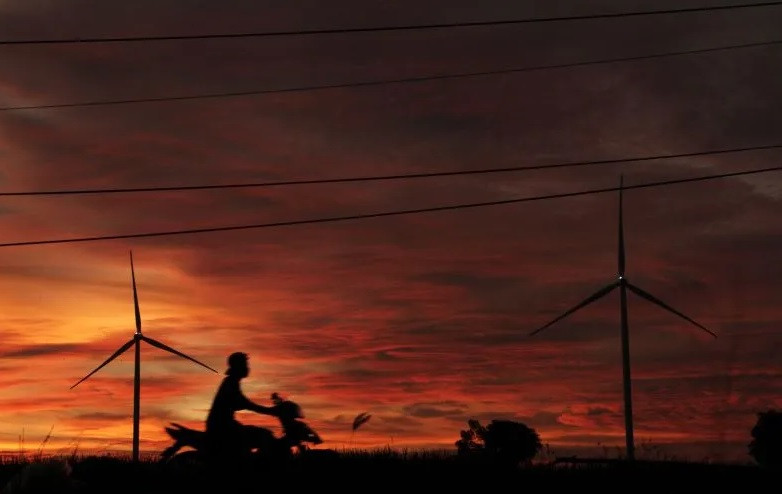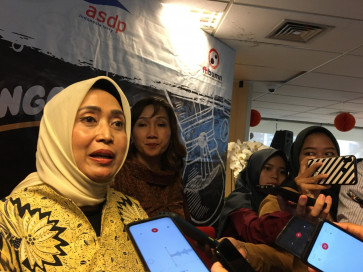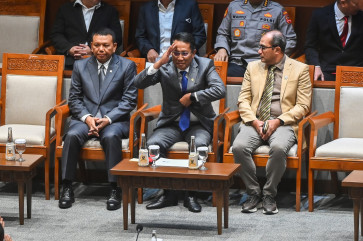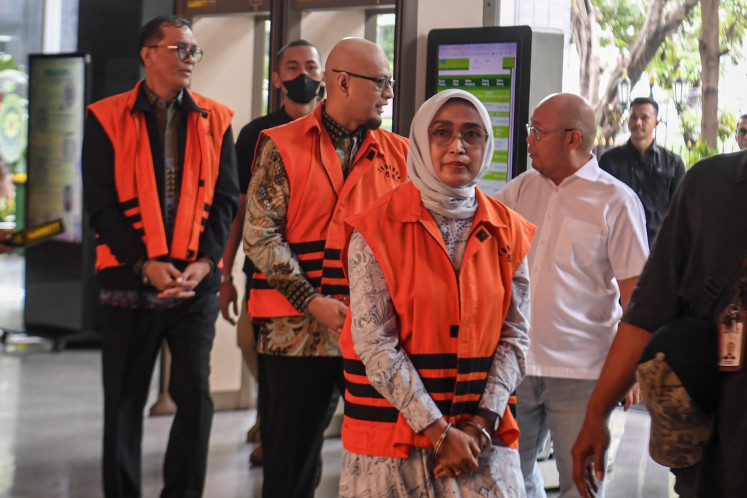Popular Reads
Top Results
Can't find what you're looking for?
View all search resultsPopular Reads
Top Results
Can't find what you're looking for?
View all search resultsTalking clean energy into existence
The best place to start realizing clean energy would be to finally pass a long-delayed bill on new and renewable energy.
Change text size
Gift Premium Articles
to Anyone
O
ne of the more surprising parts of President Prabowo Subianto’s state budget address on Aug. 15 was a bold statement on clean energy: “We must achieve 100 percent power generation from new and renewable energy within 10 years or sooner. I believe this is achievable.”
Really?
The greatest optimist would not deem that possible. Even single-issue environmental groups would shy away from expressing such a demand, knowing full well it is over the top.
Today, renewable sources account for 15 percent of nationwide electricity supply, and power distributor PLN’s electricity procurement business plan (RUPTL) targets 34.3 to be achieved in 2034. Even that is doubtful, given our failure to meet earlier targets.
Furthermore, 100 percent is not mentioned in any public planning documents and is at odds with other energy policy timelines, notably the phaseout of coal power.
Perhaps the President veered off script in the budget speech, delivered annually ahead of Independence Day, and then misspoke or conflated related issues, something that is not uncommon even for the most experienced speakers.
In fact, the very next sentence suggests as much, where he said that the “global target” for this was set for 2060. There is no global target for 100 percent clean power, but several countries have committed themselves to achieving net-zero carbon emissions by 2060.
On the other hand, the President has mentioned the same target before, namely at the Asia Pacific Economic Cooperation (APEC) Summit last year, which makes a slip of the tongue less likely.
Either way, now that it is already out there, we might as well take the President’s demand as a national rallying call to double down on our energy transition.
Instead of focusing on the 100 percent figure, let us look earnestly at how to achieve 30 percent first, then 40 percent, then 50 percent.
We get it, grand policy speeches aim to inspire the nation with a vision. But when it comes to the mission, we must be technical rather than aspirational.
Now that the government has expressed the vision, will need it to follow up with a mission.
The best place to start would be to finally pass a long-delayed bill on new and renewable energy, which seems to have been shifted quietly to the back burner.
Structural reforms are essential for attracting more investment into clean energy facilities, including generating capacity, storage and transmission networks.
Sector-specific regulations have been discussed for years, with scant progress, for instance to make rooftop solar more appealing and less bureaucratic or to let private power producers transmit electricity via PLN’s grid directly to their customers.
Investment is often hampered by more general business regulations, such as local content requirements. This has become an issue in the domestic production of solar photovoltaic panels, which relies on imports of certain components.
Aside from regulations, market forces are stacked against renewables as long as there is excess supply of power, mostly from coal, in the Java-Bali power grid.
The door for clean power will open as soon as the one for dirty power is shut.
Coal power is often artificially cheap thanks to the domestic market obligation, which requires coal mining firms to sell a quarter of their output on the domestic market at a capped price.
In addition to oversupply, the coal price cap further distorts the market, leaving little room for independent renewable power producers, even though the costs of solar power have come down impressively over the past few years.
All of these issues have been thoroughly discussed for years, in great detail and with solid expertise, to the point where we know exactly what needs to be done. Actually doing it, however, comes at a bit of a cost, at least in the short term, and that cost needs to be shared by Indonesia and other countries.
The energy transition cannot be accomplished without political commitment, but political commitment alone is not enough.










